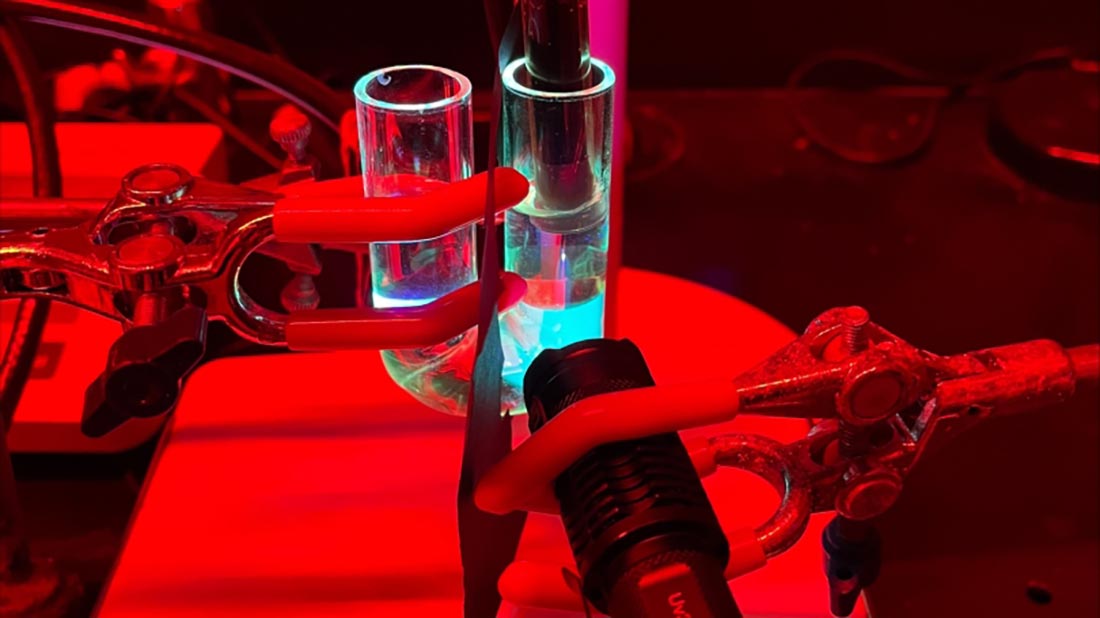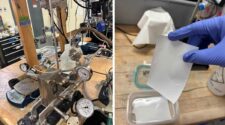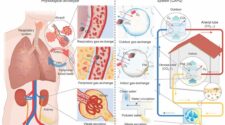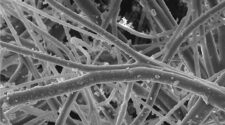In this new feature, IFN highlights significant research from universities and institutions around the world. If you are a part of a project you would like to highlight, email csmith@inda.org. Please write “IFN Emerging Research Submission” in your subject line in order to apply. Please send a completed press release and/or summary of the research as you would want it to be printed, a link to the university online story (if applicable), and all high-resolution photographs/charts/graphs, short researcher bio(s). All selections could be edited for length.
Potential applications for a light-controlled pump developed by Dartmouth scientists include filtering environmental pollutants and treating cystic fibrosis.
Tiny molecular machines in humans carry out much of the work that occurs within cells, from replicating DNA to ferrying materials across the cell membrane. For decades, scientists have tried to replicate these miniaturized workhorses outside of the body, with dreams of applying them to tasks like environmental cleanup, drug delivery, and the diagnosis and treatment of disease.
But artificial molecular machines have proven easier to design on paper than to implement in real life. In a new study in Science, researchers offer a demonstration of their potential eight years after the Nobel Prize was awarded to three chemists for their work on molecular machines.
Researchers show that a synthetic receptor designed to both capture and release negatively charged ions, or anions, can move target molecules against a concentration gradient in solution, fueled only by natural light.
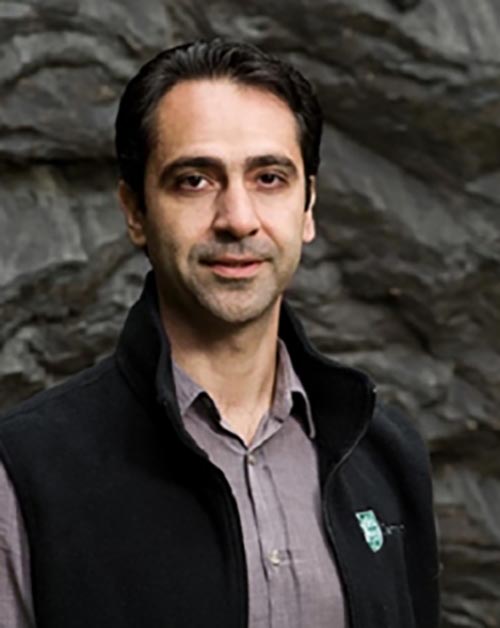
“This is a proof of concept that you can use a synthetic receptor to convert light energy into chemical potential for removing a contaminant from a waste source,” says the study’s senior author, Ivan Aprahamian, professor and chair of the Department of Chemistry.
The synthetic, tripod-shaped receptor that Aprahamian and his co-authors designed has two important properties. It comes in forms that can both trap and discharge negatively charged molecules. At the same time, it behaves like an electrical switch, turning on and off when exposed to different wavelengths of light. When the switch is turned on, the receptor picks up target anions. Flip the switch off, and the receptor lets the anions go.
The receptor’s unusual properties allowed researchers, to control the flow of chloride ions from a low-concentration solution, on one end of a U-shaped tube, to a high-concentration solution on the other. Over a 12-hour period, the study reports, they moved 8% of chloride ions against the concentration gradient across a membrane embedded with the synthetic receptors.
In absolute terms, the chloride ions were driven almost 1.4 inches – the width of the membrane separating both ends of the tube. Relative to the receptor’s tiny size, they covered an impressive distance, fueled by light alone. “It’s the equivalent of kicking a soccer ball the length of 65,000 football fields,” says Aprahamian.
Aprahamian’s lab has long focused on a class of synthetic compounds known as hydrazones, which switch on and off when exposed to light. During the pandemic, PhD student Baihao Shao came up with the idea to enhance the hydrazone receptor so that it could both collect and release target anions when switched on and off.
Aprahamian tried to dissuade him. “I told him that while it is a great idea, I do not think it will be competitive with the other impressive photoswitchable receptors in the literature,” he says. “Luckily, Baihao ignored me, and he went ahead and actually designed the receptor.”
They chose chloride as their target anion for two reasons.
During winter, stormwater runoff laden with road salt raises chloride levels in waterways, causing harm to plants and animals. The transport of chloride ions also plays a key role in healthy cell functioning. The disease cystic fibrosis is caused by cells being unable to pump out excess chloride. The trapped ions cause dehydration in cells, leading to a buildup of thick mucus in the lungs, among other organs.
“As a proof of concept, we show that designing synthetic chloride pumps is achievable,” says Aprahamian.
The researchers found that their hydrazone receptor worked best on chloride, bromide, and iodide ions. But it could theoretically be modified to target other anion-rich pollutants, ranging from radioactive waste to the phosphates and nitrates in fertilizers that get washed into waterways, causing massive dead zones.
“Ideally you can have multiple receptors in the same solution, and you can activate them with different wavelengths of light,” says Aprahamian. “You can target and collect each of these
anions separately.”
Not only can the receptor be controlled by a renewable source of energy – light – it is relatively easy to make and modify, he adds. Researchers created the receptor by stitching the tripod together using “click chemistry,” a Nobel Prize-winning technique that chemist Barry Sharpless ‘63 helped invent years after graduating from Dartmouth.
Molecular machines are abundant in nature, powered by ATP in animal cells, and by the sun, in plant cells. “We want to mimic such biological processes, using sunlight as the energy source to create autonomous and self-sustaining filtration systems,” says Aprahamian.
Read: https://faculty.dartmouth.edu/artsandsciences/news/2024/08/filtration-system-powered-synthetic-molecules-and-light


